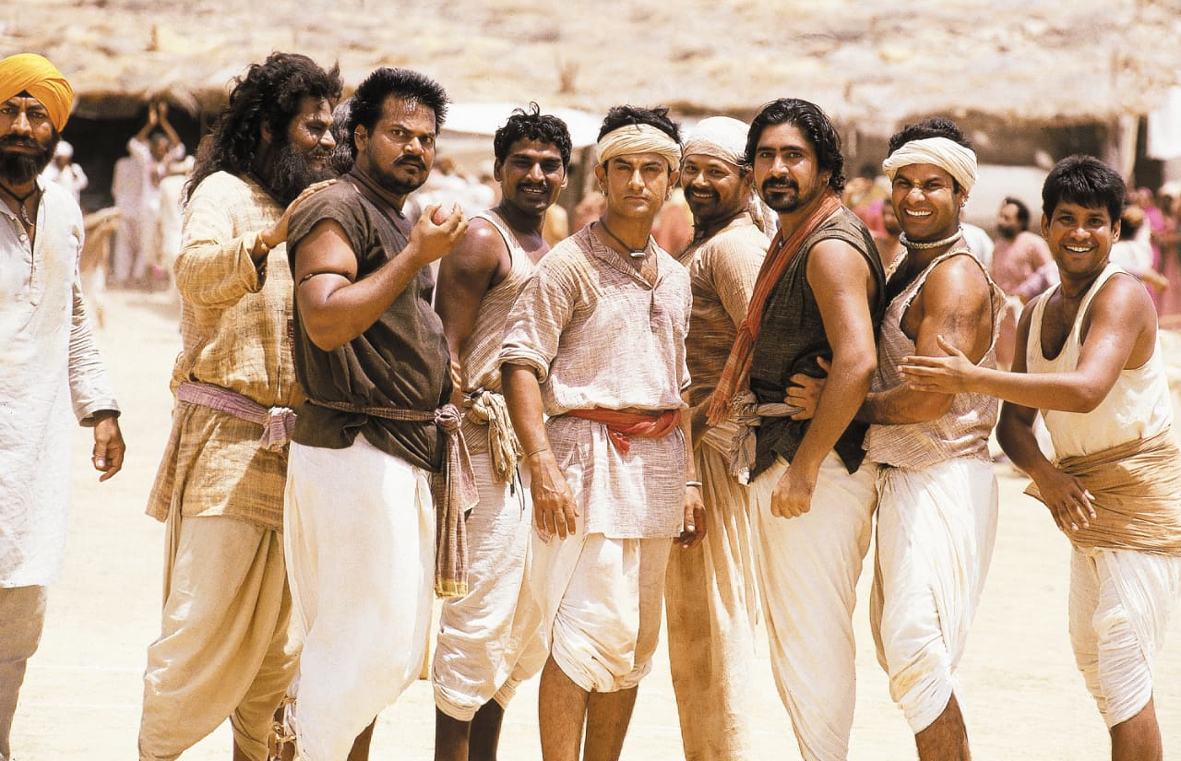“I’m not getting into this, it is too complex” was Aamir Khan’s first thought when friend and director Ashutosh Gowariker told him the story of “Lagaan” but he took a chance on it and the rest, as some say, is Indian cinema history.
The period sports drama about a cricket match between a group of untrained villagers and their colonial masters won an Academy Award nomination for best foreign language film and went on to become a blockbuster hit and a classic both –standout enough for its 20th anniversary to occasion a walk down memory lane.
Despite his misgivings, Aamir not only boarded the film as an actor but also decided to back the movie as his production debut in 2001. Inspired by directors such as Guru Dutt, K Asif, V Shantaram, Raj Kapoor and Bimal Roy, he said he decided to take a chance.
“If they believed in a story they would go with it. They were very bold and courageous in their choice of subjects. That was what I had in mind when I decided to act in ‘Lagaan’ and also produce it,” Aamir told in a Zoom interview from Mumbai.
While he always trusted Gowariker’s vision, he said his initial hesitation had to do with the fact that the film broke a lot of rules — it was not the typical Bollywood film, was set in British India, had cricket at its backdrop and a runtime of nearly four hours. “Ashutosh narrated the story to me and I really liked it but I thought ‘this is too complex a film, I’m not getting into this’. Ashutosh went around the industry with the script and every six months, I would hear about it. I’m talking about the year 1997-98, when he was still taking the script around,” Aamir said. Asked whether it was the beginning of a phase of backing bold scripts for him, the actor said he always went with his gut when choosing films, be it “Andaz Apna Apna”, “Jo Jeeta Wahi Sikandar” and “Sarfarosh” that came before “Lagaan”.
“But in the case of ‘Lagaan’… It was made at a time when people were wearing designer clothes and shooting in Switzerland. Here we were wearing a ‘bandi’ and ‘dhoti’ and speaking in Awadhi. We were breaking a lot of rules of mainstream cinema,” Aamir said.
The actor said he is happy he turned producer with the 2001 film and launched his eponymous banner, which helped him take decisions like shooting the film in one schedule, “something that had never happened before”, employing the then-latest sync-sound recording and introducing the first assistant director (AD) system.
“I remember I met Karan Johar and Adi (Aditya Chopra) at a party just a few days before the outdoor and they told me I was making a big mistake. They advised me to not shoot in a single schedule. They said it will become a mess but I stuck to my guts. And today both Adi and Karan are doing sync sound and single schedule,” he recalled.
Looking back, the actor termed his decision to act in the film and produce it a “turning point” in his life.
Shot at a village in Gujarat, around 35 kilometres from Bhuj, where the team recreated each and every house with the help of local people, “Lagaan”, was the most expensive film of its time, Aamir recalled.
“We started at a budget of Rs 12 crore and we ended at Rs 25 crore. Producing the film was a combination of many feelings — fear, nervousness, empowerment, responsibility — there was also stress.”
The film’s length meant that as a producer Aamir had to take a loss of about 25 per cent every day as single screens could only play three shows of the movie instead of the usual four.
“Economically we were taking a big hit because the length of the movie was long.”
The ensemble drama also featured Gracy Singh, Rachel Shelley, Suhasini Mulay, Kulbhushan Kharbanda, Rajendra Gupta and Raghubir Yadav among others.
“Lagaan” was the third film from India to be nominated for the Academy Award for best foreign language Film after “Mother India” ((1957) and “Salaam Bombay!” (1988).
For Aamir though, making it to the top five at the Oscars was nothing more than an opportunity to explore a new market. “You are aware of my stand on awards, that includes Oscars. I don’t think awards decide the quality of a film. The Oscars campaign for me was just a chance to explore a new market. Nothing more, nothing less.”
Trending Now
E-Paper


